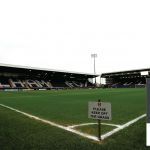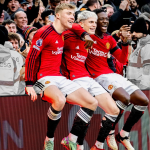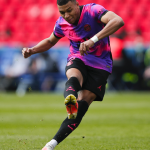
The Pantone colors of the Premier League stadiums
So recognizable because of their colours that it could be cataloged in a very precise way
June 6th, 2019
Among the many reasons why we like English football so much there is certainly the quality of the teams, the uncertainty and balance that often distinguishes entire seasons, the culture of passionate support, the fair play almost everywhere, but above all the charm of the stadiums, real sacred places with an incredible atmosphere inside. Although the new Premier League was born only in 1992, the First Division has much deeper roots and passed through many evolutions over the years, not only sporting but also simply sociological. Beginning in the 1950s, the British football movement began contaminations with fashion, a process that has developed more and more as British clubs have started traveling outside the country for European matches and their fans have started to experiment with new brands to homologate themselves with an absolutely new style. Speaking of 'the English model' in some cases is definitely wrong, but not in the case of stereotyped trends, sophisticated outfits and at the same time casual.
If on one side there are the fans and their distinctive symbols, on the other there are the teams, which are also absolutely recognizable because of their traditional colours: in many cases thanks to the colours, we can identify the clubs by more than a simple nickname (what comes to mind when we talk about the Red and the Blue if not Liverpool and Chelsea?). The chromatic identity is not something that changes from one day to the next (even if in history it has happened, rarely), but a strong reference that deeply distinguishes everything concerning the team. The football jerseys, of course, but also the stadiums' seats, which contribute to creating a unique atmosphere inside the venues. Think of the glance offered by Anfield and Old Trafford, for example, but also that of lesser-known but equally characteristic stadiums such as the Molineux, the house of the Wolves all painted orange.
Each place is therefore so traceable to a very specific colour that CP Company, with the help of Lack of Guidance, had the idea of cataloging it precisely with the Pantone system:
Old Trafford
Club: Manchester United
Pantone: Fiery Red

Anfield
Club: Liverpool
Pantone: Cherry Tomato
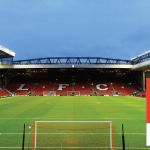
Stamford Bridge
Club: Chelsea
Pantone: Indigo Bunting
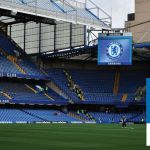
Emirates Stadium
Club: Arsenal
Pantone: Bittersweet
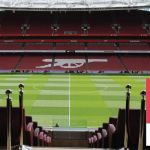
New White Hart Lane
Club: Tottenham
Pantone: Snorkel Blue

Etihad Stadium
Club: Manchester City
Pantone: Horizon Blue
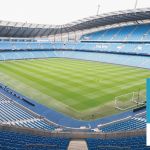
Goodison Park
Club: Everton
Pantone: Directoire Blue
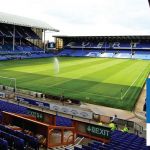
King Power Stadium
Club: Leicester City
Pantone: Imperial Blue
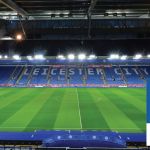
Molineux
Club: Wolverhampton
Pantone: Solar Power
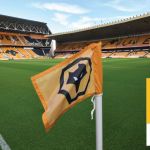
Craven Cottage
Club: Fulham
Pantone: Stretch Limo
